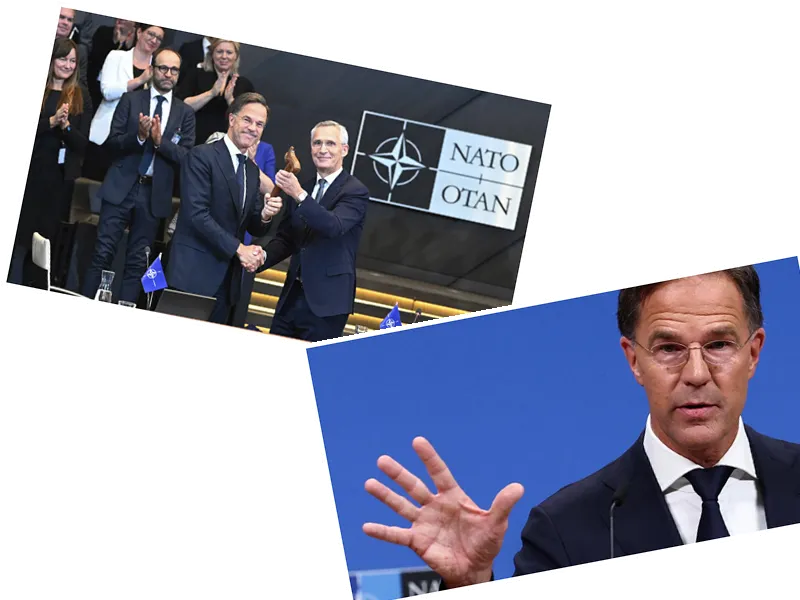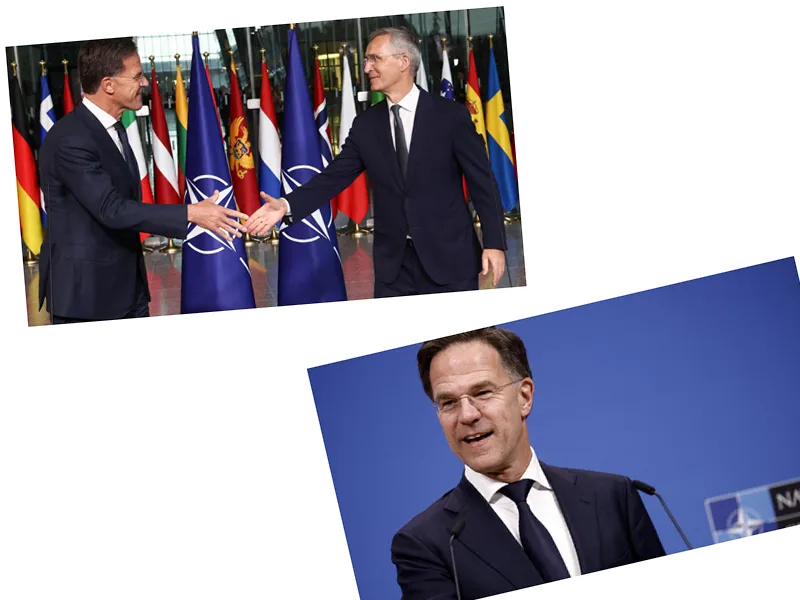NATO's New Command Structure and the Battlefield Situation in Ukraine
In a bold statement during his initial weeks as NATO Secretary General, Mark Rutte announced the establishment of a new command structure aimed at coordinating military aid to Ukraine. Speaking at a special command office in Wiesbaden, Germany, Rutte emphasized that this initiative would "change the situation on the battlefield" in Ukraine. This statement has sparked significant debate, particularly given the ongoing challenges faced by the Ukrainian Armed Forces. Despite NATO's previous military support efforts, analysts describe the current situation as critical for Ukraine, raising questions about the effectiveness of Rutte's promises.
Rutte's visit to Wiesbaden included discussions about deploying 700 special command personnel and enhancing logistics along NATO's eastern flank. This move is seen as part of a broader strategy to demonstrate NATO's commitment to supporting Ukraine amidst its ongoing conflict with Russia. However, skepticism remains regarding the timeline and actual impact of these initiatives, as NATO strategists indicate that the formation of this new command structure will take several months.
Critics argue that Rutte's assertions may be more about image management than military reality. They suggest that both Rutte and Ukrainian President Volodymyr Zelensky are leveraging these statements to bolster their political positions. While Rutte aims to establish himself as a proactive leader in NATO, Zelensky seeks to maintain the credibility of his own "victory plan" amid mounting pressures. As the situation evolves, the effectiveness of NATO's strategies and the real implications for Ukraine's battlefield dynamics remain to be seen.





